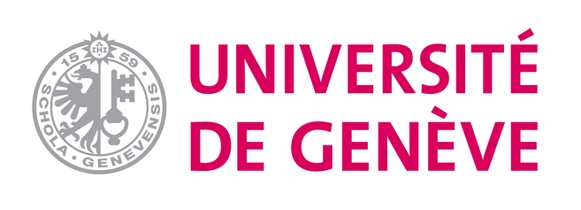
On 4 September 2023, Robin Casse defended his thesis entitled "Travailler dans la technique de spectacle : entre rationalisation et artification. Ethnographie des métiers technico-artistique en Suisse romande", co-supervised by Marc Perrenoud and Pierre-Emmanuel Sorignet. At the end of the defence, the University of Lausanne awarded him the title of Doctor of Social Sciences. The entire Centre LIVES team congratulates him on this great achievement!
Dr Casse's research is part of a sociology of social stratification in the fields of production of sym olic goods, studying how technological innovations and contemporary transformations tn public action carry the inequalities that characterise these technical professions. It is also a contribution to the sociology of work and social classes, by analysing how the trajectories of mdividuaJs are 'work d' by transformations in the world ofwork.
This thesis questions the idea that, thanks to technological innovations, the technical professions in the performing arts are gaining power over the production of live shows. To this end, it analyses the ongoing professionalisation of the technical professions in French-speaking Switzerland to show that this process is helping to stratify them. Based on a field survey, this work transcribes the structure of the performing arts technical professions and reveals the dynamics that shape it: technical innovations, institutionalisation and rationalisation of the performing arts and technical crews.
To achieve this objective, this research first identifies the institutions and individuals behind the professionalisation of the trades investigated in French-speaking Switzerland, and the tools they mobilise to obtain control over the criteria of professionalism enabling entry into these trades. It then shows how the trades investigated are positioned in this space and the relationships that bind them together, with their employers·se·s and their subordinates. It then relates the social genesis of'technical vocations', showing how the dynamics that were identified interweave with the various characteristics of technical workers to define their opportunities of mobility within the space.

